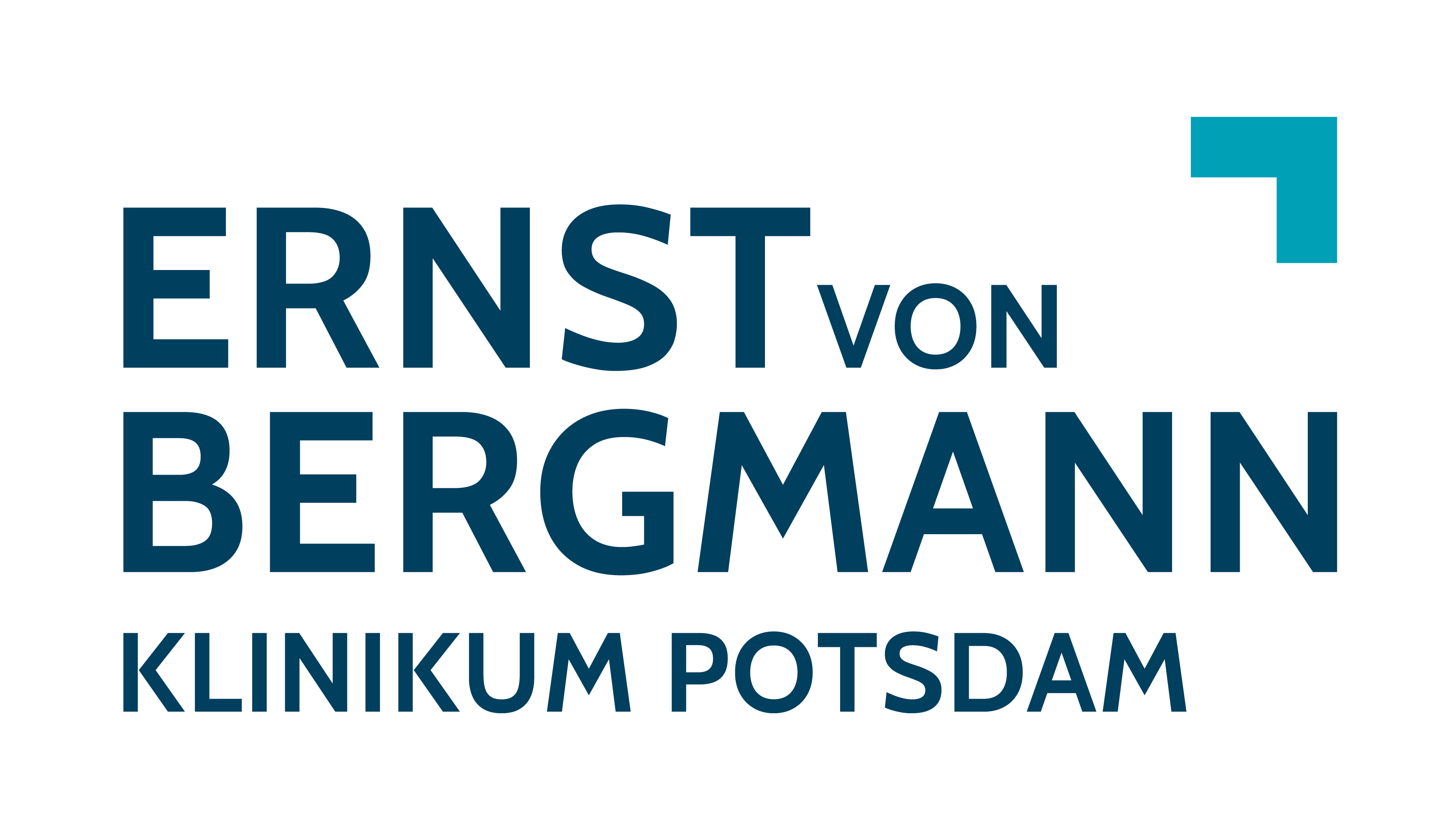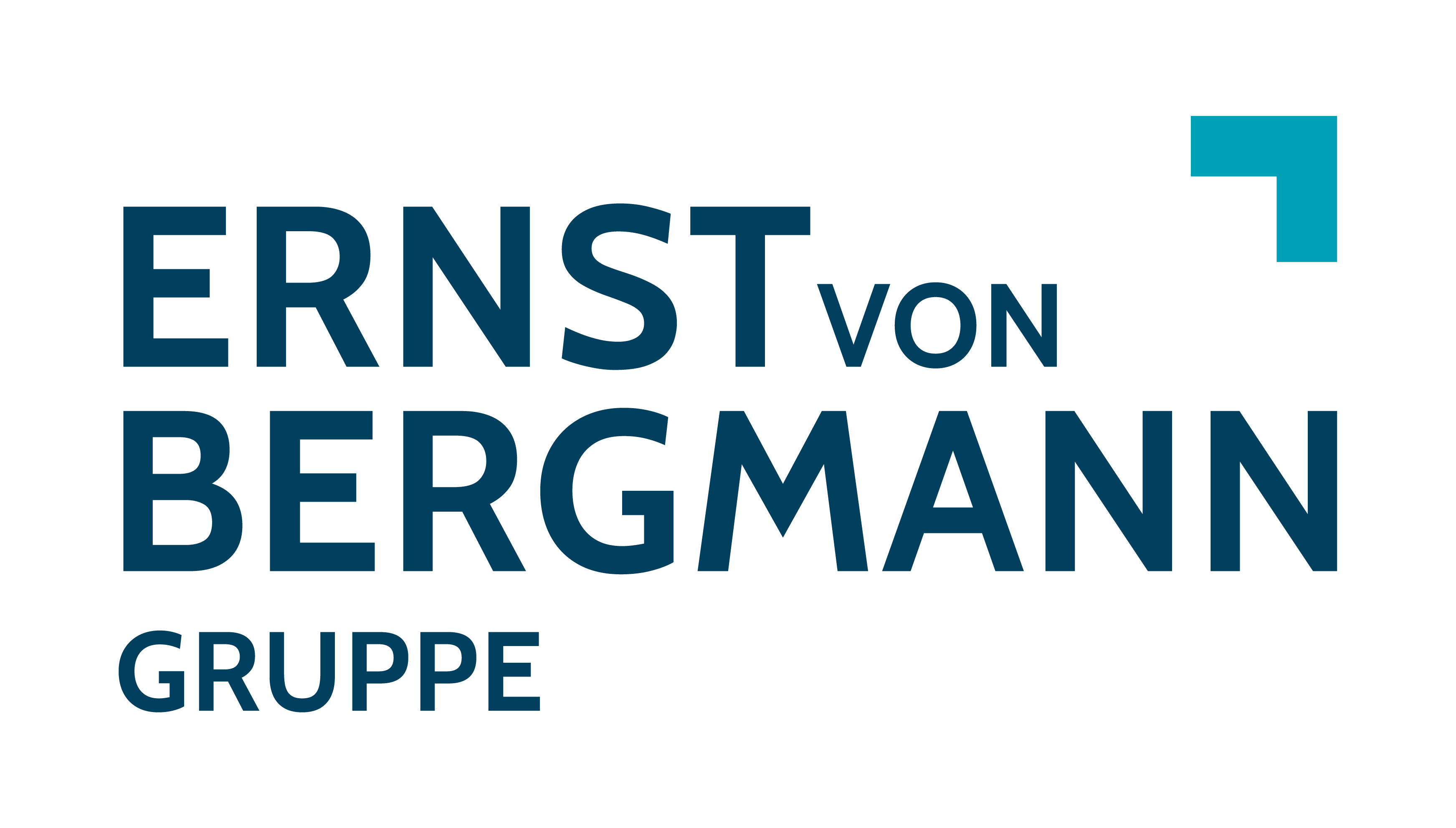Ästhetische Medizin
Our Services
We offer a wide range of outpatient and inpatient surgical services. We would be pleased to present our services to you in more detail. In a first overview, our services mainly include:
- Liposuction (whole body)
- Lipedema treatment using special liposuction procedures
- Breast augmentation with implants or lipofilling
- Breast reduction
- Lifting of the breast, arms, legs and abdominal wall
- Gynecomastia (benign enlargement of the mammary glands in men)
- Facelift / midfacelift
- Upper eyelid surgery / Lower eyelid surgery
- Surgical removal of skin lesions (especially after liposuction)
Contact
Please contact us by e-Mail or phone. Our team will be happy to answer first questions and help you schedule a consultation with PD Dr. Ghods.
+49 (0) 331 241-37773
CONSULTATION WITH PD DR. GHODS
Book an appointmentLYMPHSPARING LIPEDEMA SURGERY
Liposuction has become established as a therapeutic option for lipedema over the last few years. Associate Professor Dr. med. Mojtaba Ghods is considered a pioneer of liposuction for the treatment of lipedema in the Society of Plastic, Aesthetic and Reconstructive Surgeons (DGPRÄC). He pioneered and is instrumental in the advancement of the method. He is currently supervising several scientific studies on liposuction for lipedema and is a regular speaker at national and international congresses and other medical events. Dr. Ghods became the first scientist in the world to successfully complete his habilitation on Lipedema „The standardization of surgical treatment of lipedema patients“ at the Faculty of Human Sciences of the University of Potsdam.
What does Lipedema mean?
Lipedema is an atypical, symmetrical fat tissue distribution disorder that mainly affects the extremities and occurs almost exclusively in women. Especially phases of hormonal change, such as puberty, pregnancy or menopause, can be triggers of the disease. Weight gain and a genetic disposition are also discussed.
Typical symptoms of lipedema are pain, sensitivity to pressure, pain on contact and a tendency to hematomas. Complaints are explained by an increasing swelling of the extremities, caused by fluid retention from the vascular system.
Attempts to lose weight result in further volume reduction on the usually well-proportioned trunk, but not on the arms and legs.
Three stages are distinguished:
Stage 1: smooth skin, finely knotted tissue
Stage 2: uneven skin, coarse nodular tissue
Stage 3: deformed skin, coarsely lobed tissue
Lipedema is initially treated conservatively with compression stockings and manual lymphatic drainage. Psychological support of the patients is also of great importance. If no improvement is achieved with these measures, inpatient complex physical decongestive therapy (CPD) with a specific diet and exercise plan can be performed. With conservative therapy, however, it should be noted that it is only a symptomatic treatment.
If there is no relief of pain and discomfort despite conservative therapy (for at least six months), liposuction is a suitable treatment measure.
For best results, alcohol and nicotine should be avoided for at least two weeks before surgery. Medications that affect blood clotting must be discontinued or changed (if possible). Inflammations of the skin may have healed prior to surgery. If varicose veins are known and require surgery, they should be rehabilitated before liposuction.
Other important points are:
- Supportive substitution of iron/B6/B12 - available without prescription at the pharmacy
- Intensified lymphatic drainage for six weeks preoperatively for maximum edema reduction, if possible daily for the last seven days before surgery
- Six weeks preoperatively consistent wearing of compression underwear with foot confinement
- Avoid forced dieting, maintain weight (Forced preoperative dieting is associated with a yo-yo effect)
- Call the day before the operation regarding time planning
- Arrangements for incapacity to work via sick note from family doctor or vacation for at least 14 days
Medically indicated liposuction for lipedema is fundamentally different from liposuction for purely aesthetic reasons. In lipedema liposuction, as much abnormal fatty tissue as possible must be removed to improve symptoms and prevent secondary changes. For the best possible result, the entire extremity is suctioned from the upper ankle to the hip or from the wrist crease to the shoulder joint.
Two methods have proven successful in surgical treatment to date:
- Power (vibration) assisted liposuction (PAL)
- Water jet assisted liposuction (WAL)
In both methods, after preoperative marking in the standing position, the subcutaneous fat tissue to be suctioned is first injected with a saline/adrenaline mixture, which causes the loosening of the fat tissue lying loosely between the connective tissue structures. Through the so-called tumescent liposuction, the surrounding tissue layers as well as nerves, lymphatic channels and vessels are largely spared.
Most lipedema patients can expect two to four surgical procedures. There should be at least three months of recovery time between procedures. Depending on the findings, an average of between four to ten liters are suctioned out during each procedure. The maximum volume of fat that can be removed per session is eight to ten percent of body weight in liters. Corrective surgery or tightening may become necessary in the course. We will be happy to advise you.
Liposuction aims to eliminate or at least drastically reduce the pathologically increased, excess body fat in the affected areas of the body. Due to the volume reduction, the pressure in the extremities decreases and the patient's discomfort is significantly improved and the lymphatic drainage is also significantly relieved.
Due to the large amounts of suction involved, the procedure is usually performed as an inpatient under general anesthesia. A hospital stay of four to seven days must be expected. The duration of the operation is about two hours.
As a rule, the upper and lower legs of the front of the leg are suctioned first. In a second operation, the backs of the legs follow. In further operations, liposuction of the arms and, if necessary, corrections to the legs can be performed.
The flat-knit compression stockings must be worn during the day and night for the first six weeks, for a total of at least 23 hours a day, then as needed. Swelling and bruising will subside within this time.
Other important points are:
- Mobilization as early as possible, depending on circulation, directly on the day of surgery
- Showering with clear water from now on, no soap
- Skin care and scar care after suture removal; however, absorbable (self-dissolving) sutures are often used
- Medicinal thrombosis prophylaxis until sufficient self-mobilization
- If possible, daily lymphatic drainage for the first seven days, then regular rhythm (two to three times a week)
- Two hours before the lymphatic drainage we recommend to take a painkiller in the beginning
- Topical externals for swelling/hematoma reduction (arnica ointment, heparin ointment, etc.)
- Adjustment of calorie intake to the reduced body weight
- Start of light sports (e.g. swimming, cycling) from thread pull, contact sports and sauna usually from the fourth week onwards
- Interval to follow-up surgery at least three months
- New flat-knitted compression girdle only after last liposuction or according to individual needs
All costs and the number of operations will be discussed with you in a non-binding consultation appointment with Priv.- Doz. Dr. med. M. Ghods. Please note that we cannot make any general statements about surgery costs at this point, as the costs depend on your state of health, the length of stay in the hospital and other individual factors.





